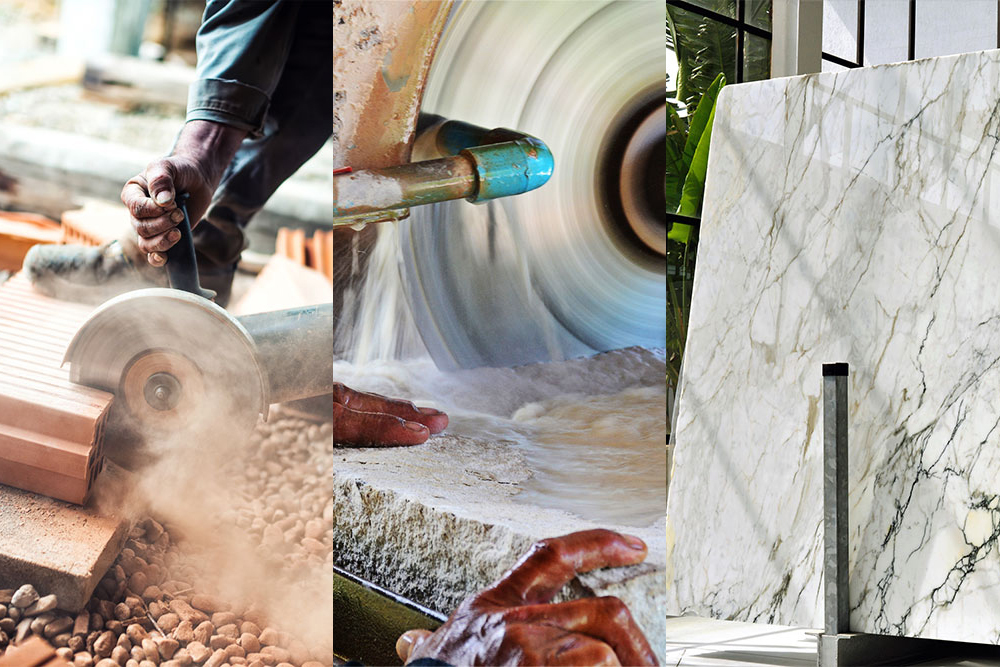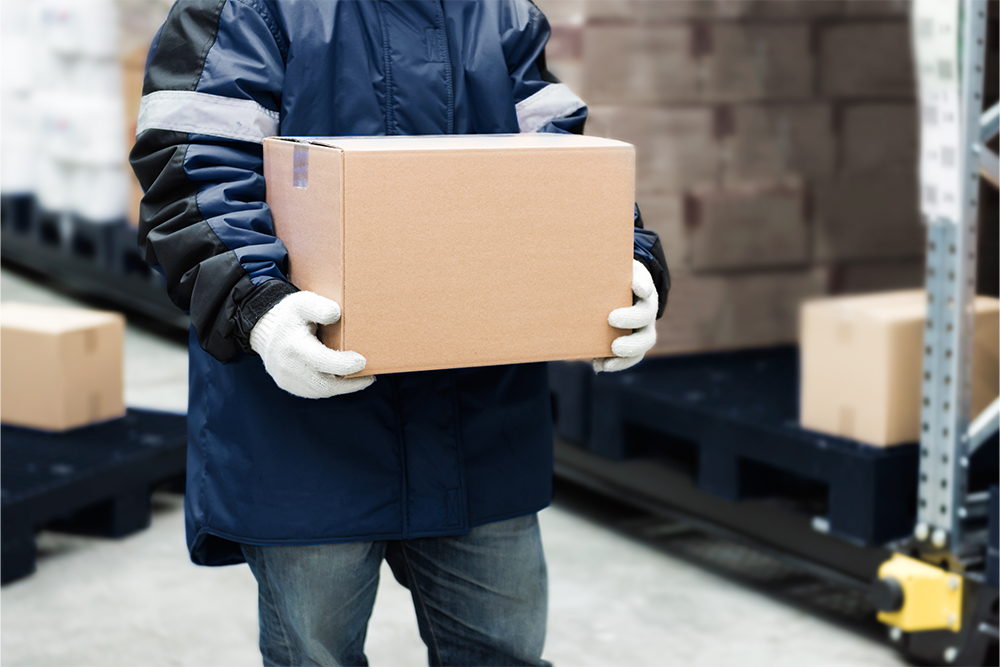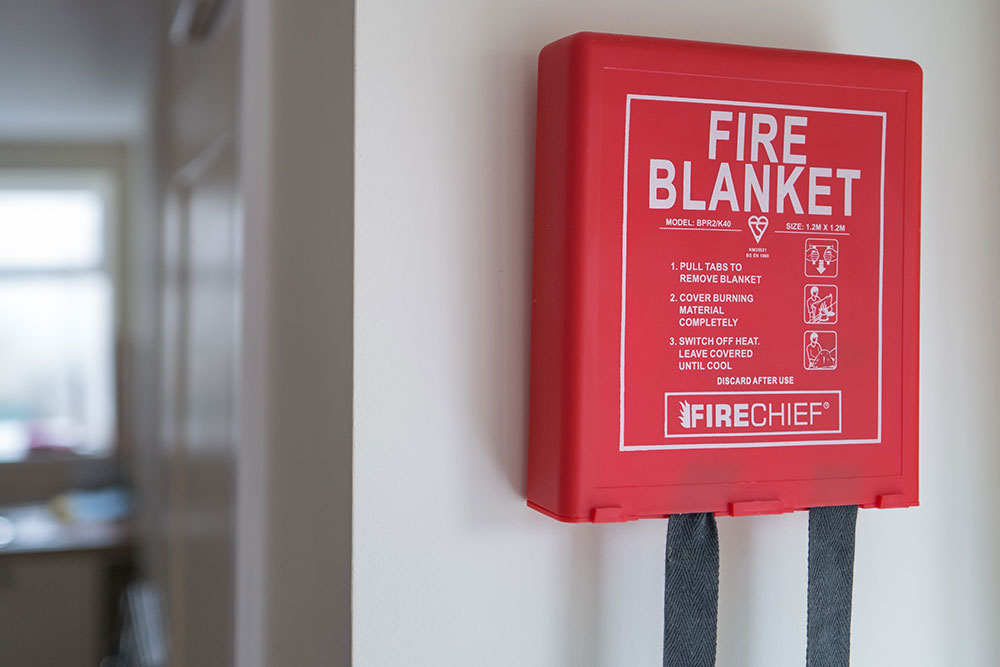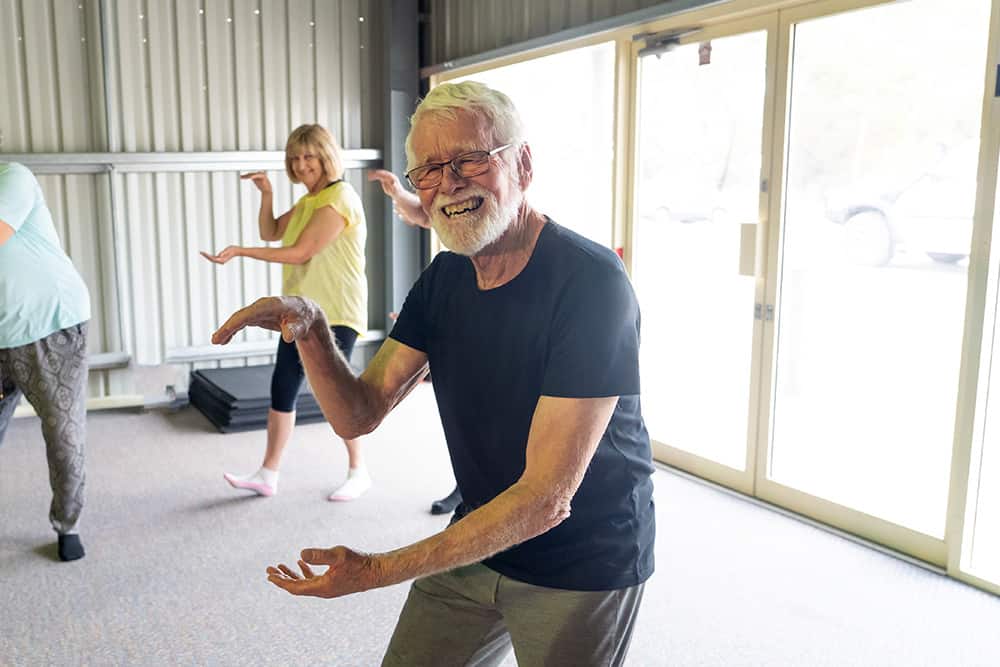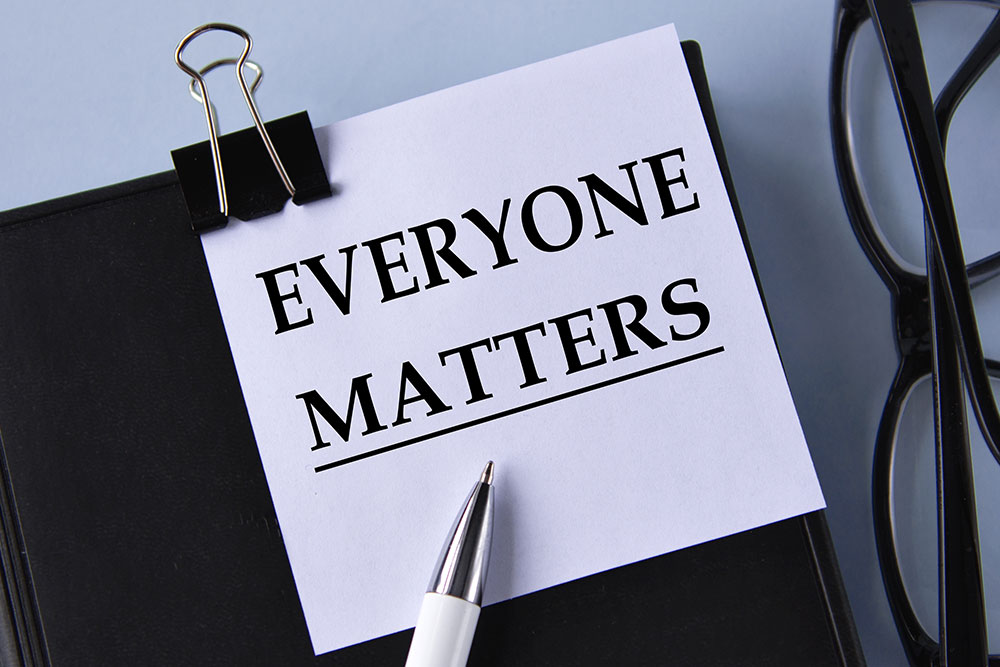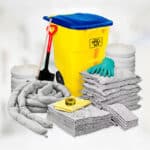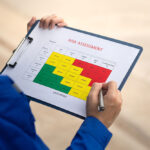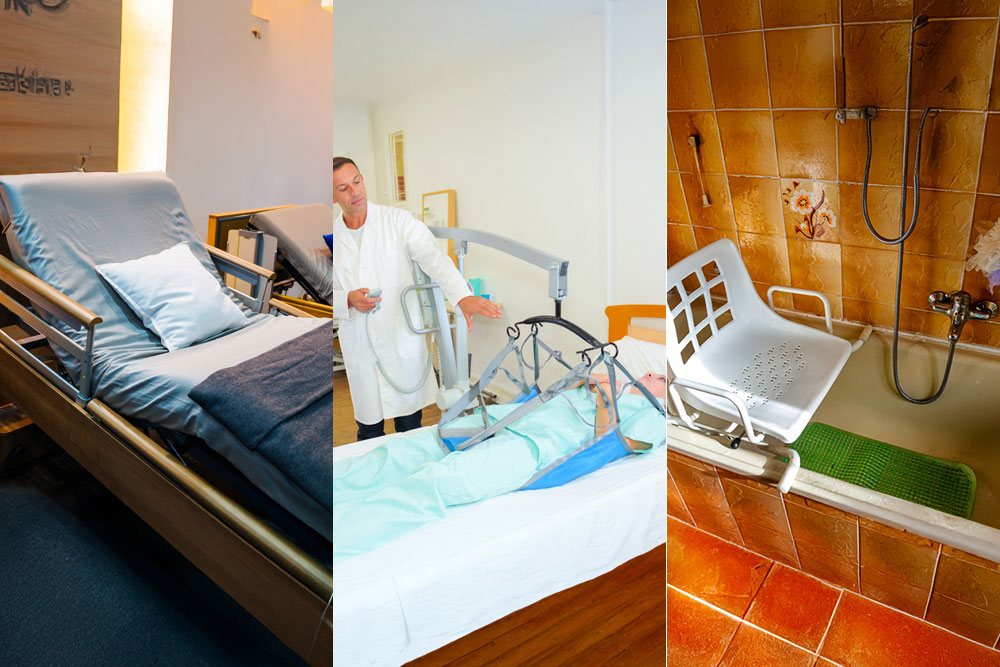
Moving people in health and care settings can be hazardous. Injuries are a risk for everyone involved, and improper handling can humiliate or distress patients and service users.
Using moving and handling equipment is one of the best ways to avoid these pitfalls.
This guide explains what types of moving and handling equipment are available, when they should be used and how to ensure compliance with the relevant regulations.
Key Takeaways
- Employers must provide moving and handling equipment and ensure staff are trained to use it safely.
- Risk assessments are necessary for identifying hazards and selecting the appropriate equipment and techniques for the safe moving of people.
- Various moving and handling products are available to reduce physical strain and improve patient comfort during transfers.
- Regular equipment checks, staff training and understanding each service user’s needs are essential for preventing injuries.
What the Law Says on Moving and Handling Equipment
Employers who own or operate moving and handling equipment (and the workers who use it) must comply with general health and safety and equipment-specific regulations.
Below, we’ve summarised the relevant regulations and the duties they impose.
Health and Safety Legislation
Every workplace is subject to the Health and Safety at Work etc Act 1974 (HSWA).
The HSWA underpins health and safety law in the UK. It establishes general duties for employers to prevent harm caused by work activities and for employees to take reasonable care of themselves.
To comply with the HSWA, employers must provide moving and handling equipment when it’s unsafe to move people manually. Employees operating this equipment must use it correctly and avoid unnecessary risks.
But how do you know when moving people manually is unsafe? You carry out a risk assessment as required by the Management of Health and Safety at Work Regulations 1999. These regulations require employers to conduct workplace risk assessments and take reasonable steps to eliminate or control identified risks.
Eliminating or controlling injury risks from moving and handling activities depends on compliance with more specific legislation.
Moving and Handling of People Training
This Moving and Handling of People Training course provides comprehensive guidance for care sector workers. It covers the legal requirements, injury risks and best practices for moving and handling people in healthcare settings.
Manual Handling Legislation
Wherever manual handling risks are identified (moving and handling people is considered a subtype of manual handling), the Manual Handling Operations 1992 must be followed.
Eliminating manual handling is the preferred solution, which is why moving and handling equipment is essential in healthcare. It lets you transfer patients with minimal physical effort, which is safer for you and the service user.
If elimination isn’t possible, manual handling risks must be assessed and managed through other means, such as training.
Moving and Handling Equipment Legislation
Finally, moving and handling equipment used at work must comply with the Provision and Use of Work Equipment Regulations 1998 (PUWER). Any equipment that lifts people must also comply with the Lifting Operations and Lifting Equipment Regulations 1998 (LOLER).
Overall, both PUWER and LOLER require moving and handling equipment to be:
- Suitable for the intended task
- Maintained in safe working order
- Inspected regularly for faults
- Operated by competent people
Moving and Handling Equipment
There’s a wide range of moving and handling products available. Below, we’ve grouped them into equipment used for transfers and hygiene.
Moving and Handling Equipment for Transfers
In health and care settings, equipment can be used to safely transfer patients and service users, minimising or eliminating the need for physical effort from caregivers. This reduces injury risks for all parties involved.
Here’s an overview of common equipment used for transfers:
Beds
Electric Profiling Beds: Electric profiling beds (EBPs) can be adjusted in height and position. Patients can use these features for comfort while caregivers can raise or lower the bed to make transfers easier.
Bed Rails: Bed rails give service users something to grip during transfers, letting them stabilise themselves and take some of the strain.
Slide/Glide Sheets: These low-friction sheets allow caregivers to slide patients from one surface to another without lifting.
Transfer Boards: These are flat boards designed to bridge the gap between two surfaces, such as a bed and a wheelchair. Patients can slide across the board, making transfers more manageable.

Hoists
Mobile Hoists: Wheeled devices that can lift and transfer patients from one location to another, such as from a bed to a chair. They’re ideal for patients who cannot stand or support their weight.
Ceiling Hoists: Mounted on tracks attached to the ceiling, these hoists move patients smoothly between rooms or over specific areas without needing floor space. They’re often installed where people need to be moved regularly, such as rehabilitation areas.
Standing Hoists: These hoists provide support to help patients with some mobility stand and move short distances. They’re particularly useful for transferring patients to a seated position or assisting with standing exercises.
Slings: Slings are used with hoists to support the patient or service user. There are different types depending on what the person is being moved for:
- Transfer slings support the patient during a general lift.
- In-situ slings stay in place under the patient for extended periods, avoiding the need to remove and reapply them between frequent transfers.
- Standing slings offer support around the torso and are used with standing hoists to aid patients in standing or partial standing.
- Bathing slings are designed for safe, comfortable transfers to and from bathtubs.
- Toileting slings provide support for bathroom needs.
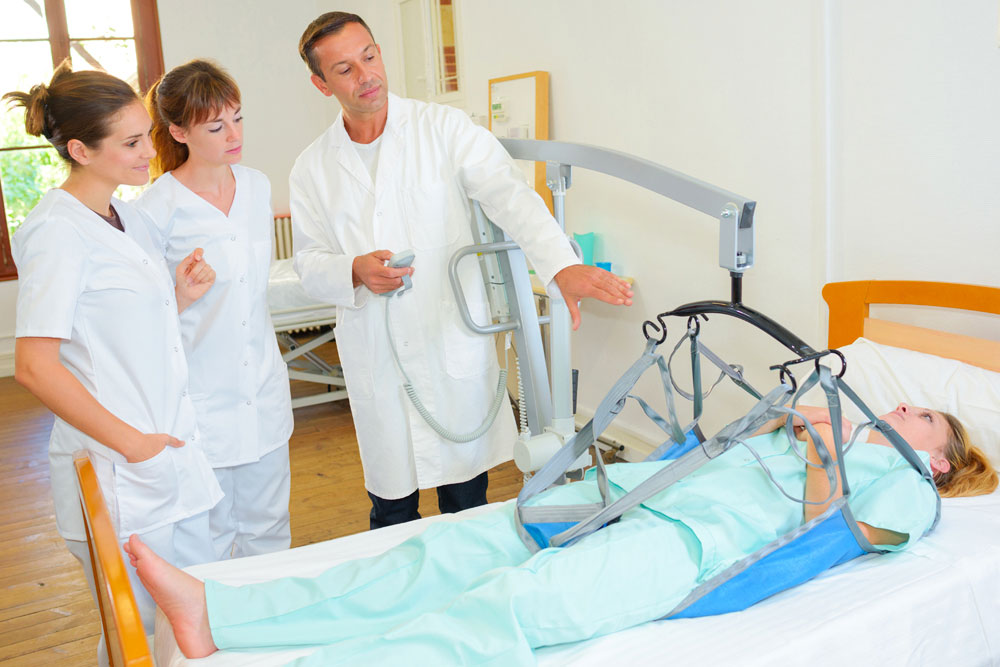
Turning Aids
Turning aids (also known as rotor stands or turntables) help patients pivot between sitting and standing positions, which is helpful for transferring patients from beds or chairs. They reduce strain by providing a stable base for users to turn, helping with transitions between sitting and standing.
Moving and Handling Equipment for Hygiene
Equipment in health and care settings is essential for safe and dignified support of patients during bathing, toileting and other personal care activities. Here’s an overview of common equipment used:
Commodes
Commodes are portable chairs with built-in toilet seats for patients who may not be able to reach a bathroom easily. They’re particularly helpful for nighttime use or in rooms without nearby bathroom facilities.
Shower Chairs
Waterproof chairs that allow patients to sit while showering, reducing the risk of slips and falls. They’re available in stationary or wheeled versions, making them versatile for different care settings.
Bath Seats
Bath seats make getting into and out of the bath safer and more comfortable for patients. There are several types:
- Bath belts are flexible, motorised belts that help lower and lift patients in and out of the tub.
- Bath hoists are mechanical lifts designed to transfer patients with limited mobility safely in and out of the bathtub.
- Swivel seats rotate, allowing patients to easily move into and out of the bath without twisting.
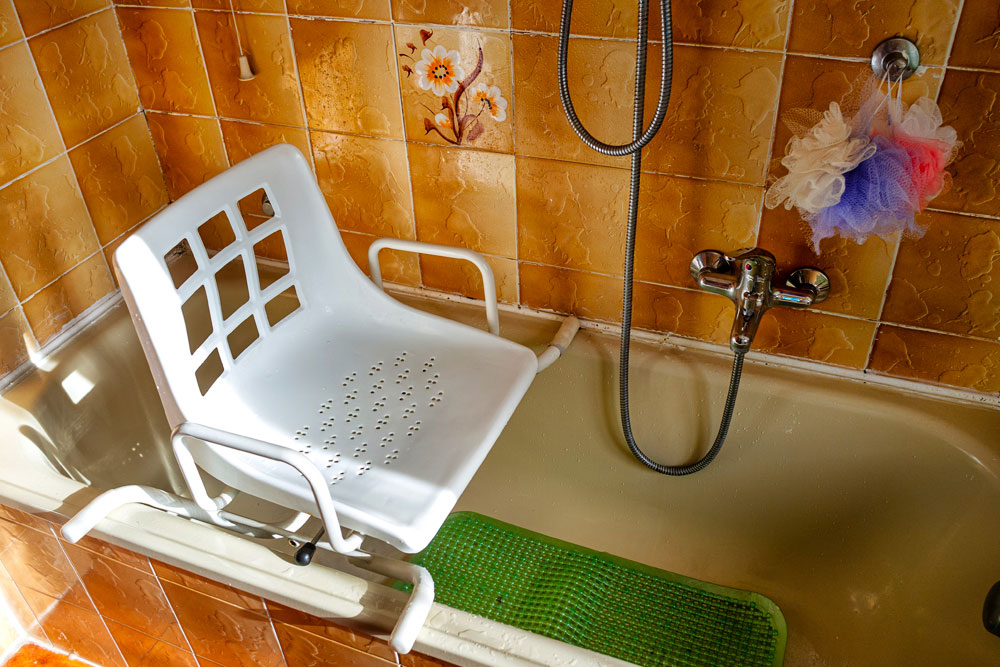
Moving and Handling Equipment Safety
Ensuring the safe use of moving and handling equipment protects both caregivers and patients from injury. Key safety practices include:
Follow Your Risk Assessment
A risk assessment should guide all moving and handling activities. There are two types of assessments to consider:
Generic risk assessments identify common hazards and set overall practices for safe moving and handling
Individual risk assessments are specific to a single patient or service user. They consider unique needs, physical abilities and personal preferences, which helps in selecting the safest equipment and techniques for each individual.
Follow Your Training
Proper training is essential for safe equipment use. Employers must provide training for each type of equipment and how to use it correctly.
Check the Equipment and Area
Visually scan equipment before each use to confirm there aren’t any obvious issues. Also, check the surrounding area for obstacles or hazards that could cause slips, trips or other accidents during a transfer.
Understand the Service User
Each patient’s needs and limitations are different. Knowing the physical abilities, preferences and specific care requirements of the person being assisted helps ensure safe, comfortable and dignified transfers.
Moving and Handling of People Training
Employers have a legal duty to ensure their staff receive sufficient training on how to use moving and handling equipment and ensure safety during manual lifts. This is essential to meet health and safety requirements and protect both employees and patients from injury.
Our online Handling and Moving of People Training course provides guidance on using equipment like hoists, beds, and transfer aids, as well as essential instruction on managing risks for each task. The course also covers relevant regulations and illegal techniques to avoid, ensuring staff are equipped with the skills they need for safe and compliant moving and handling of people.
